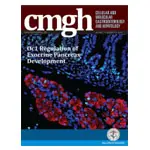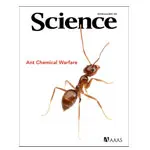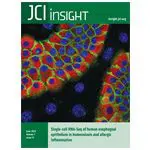NCI intramural program approach to rare tumors: Natural history study of rare solid tumors in children and adults: A longitudinal, comprehensive data and biospecimen collection protocol
Rare tumors contribute significantly to the burden of cancer in the United States, yet are often poorly understood and have inadequate research support. To address this situation, the National Cancer Institute’s (NCI) My Pediatric and Adult Rare Tumor Network (MyPART) was developed. MyPART’s goals include connecting participants and investigators through shared infrastructure and networks; accelerating …









